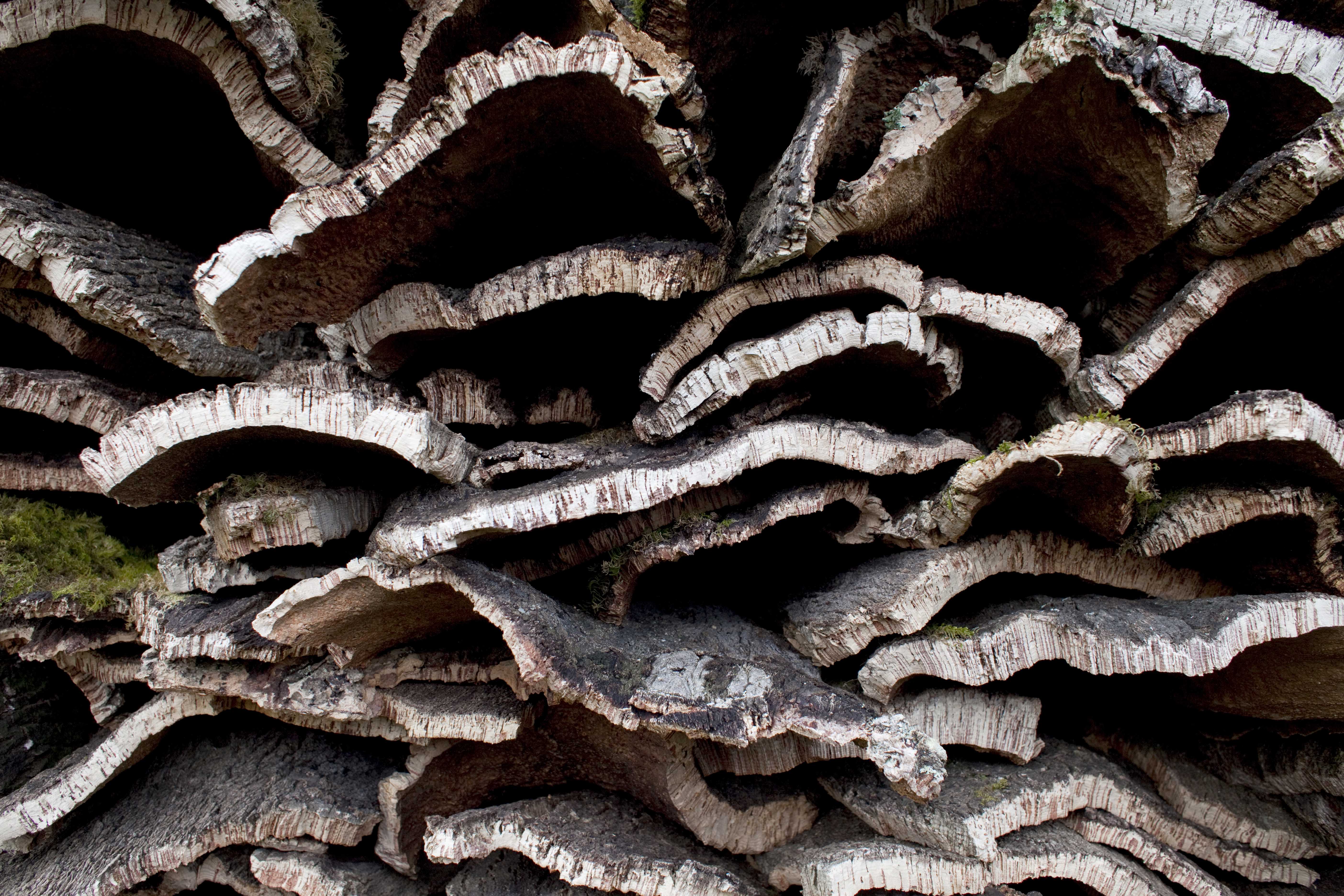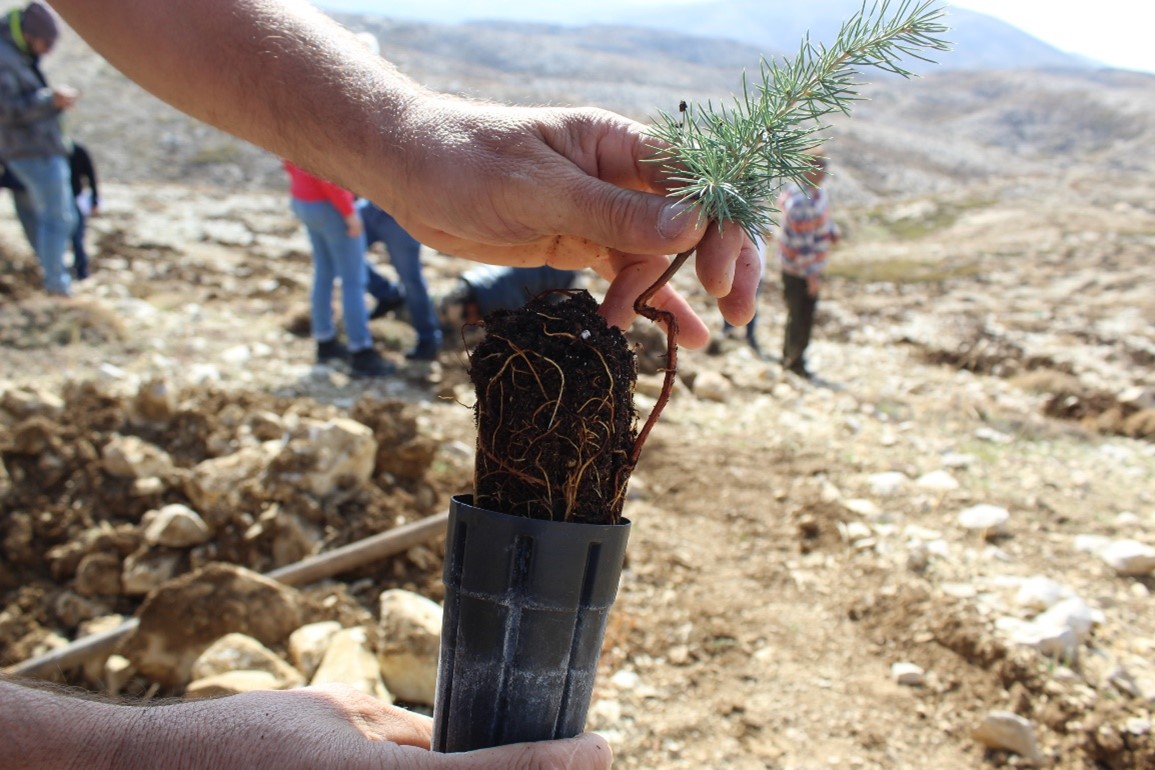Forests
Ecological and socio-economic importance of forests in NENA
Dryland forests in the NENA region provide essential resources such as fodder, fruits, seeds, resins, and medicinal plants, serving as critical sources of income and a safety net against poverty for millions. These forests also play a vital role in regulating services, including water infiltration, nutrient cycling, and soil erosion control, while moderating local climates, which helps combat desertification and drought.
Additionally, NENA’s forests support biodiversity, providing habitats for species adapted to harsh conditions, and hold cultural significance, with sacred trees and forests tied to heritage and spiritual values. Despite their importance, these forests face severe threats from deforestation, land degradation, and water stress, exacerbated by human activities like overgrazing and unsustainable land use. Land degradation alone costs the region USD 9 billion annually, hindering progress toward the Sustainable Development Goals (SDGs).
Mangroves
Mangroves in the NENA region act as crucial natural buffers, protecting coastlines from erosion, storm surges, and rising sea levels, particularly along the Red Sea and Arabian Gulf. They safeguard agricultural lands and coastal communities while supporting diverse ecosystems, serving as habitats for unique flora and fauna, nurseries for marine species, and stopovers for migratory birds. This biodiversity underpins local fisheries and helps maintain ecological
balance. Additionally, mangroves sequester carbon, mitigating climate change, which is critical for the region’s environmental resilience.
However, over the past three decades, mangrove areas have fluctuated, with notable declines observed, especially between 2010 and 2020. The state of Arabian mangroves is now considered vulnerable due to climate change impacts, such as rising sea levels, increased cyclones, and altered freshwater flows, further exacerbated by human activities.Our work in action
Restoring mangrove habitats aligns with the UN Decade on Ecosystem Restoration’s goals of halting biodiversity loss, combating desertification, and addressing climate change impacts. In the United Arab Emirates, specifically in Abu Dhabi, a landmark marine restoration initiative is underway to restore seagrass beds, coral reefs, and mangroves along the Gulf coast.
FAO is dedicated to promoting sustainable forest management in the NENA region through various initiatives. FAO's broader efforts include intergovernmental support, knowledge exchange, and capacity building to combat land degradation, enhance ecosystem health, and ensure the continued provision of essential services by dryland forests. Initiatives like South-South and Triangular Cooperation (SSTC) and platforms like WeCaN (Nurturing Community of Knowledge Practice for Women in Dryland Forests) offer valuable opportunities for knowledge sharing, capacity building, and emphasizing the role of women in dryland management.



